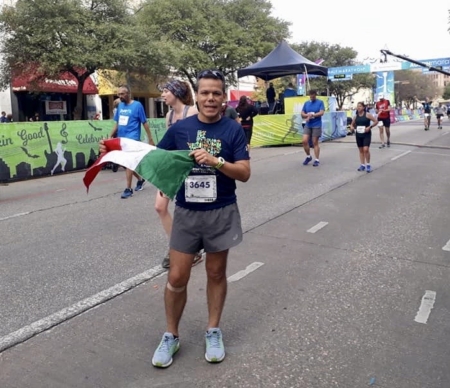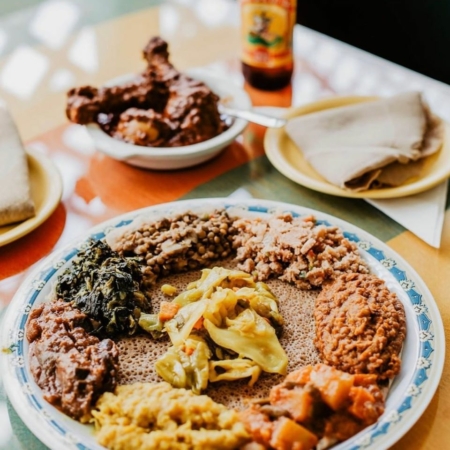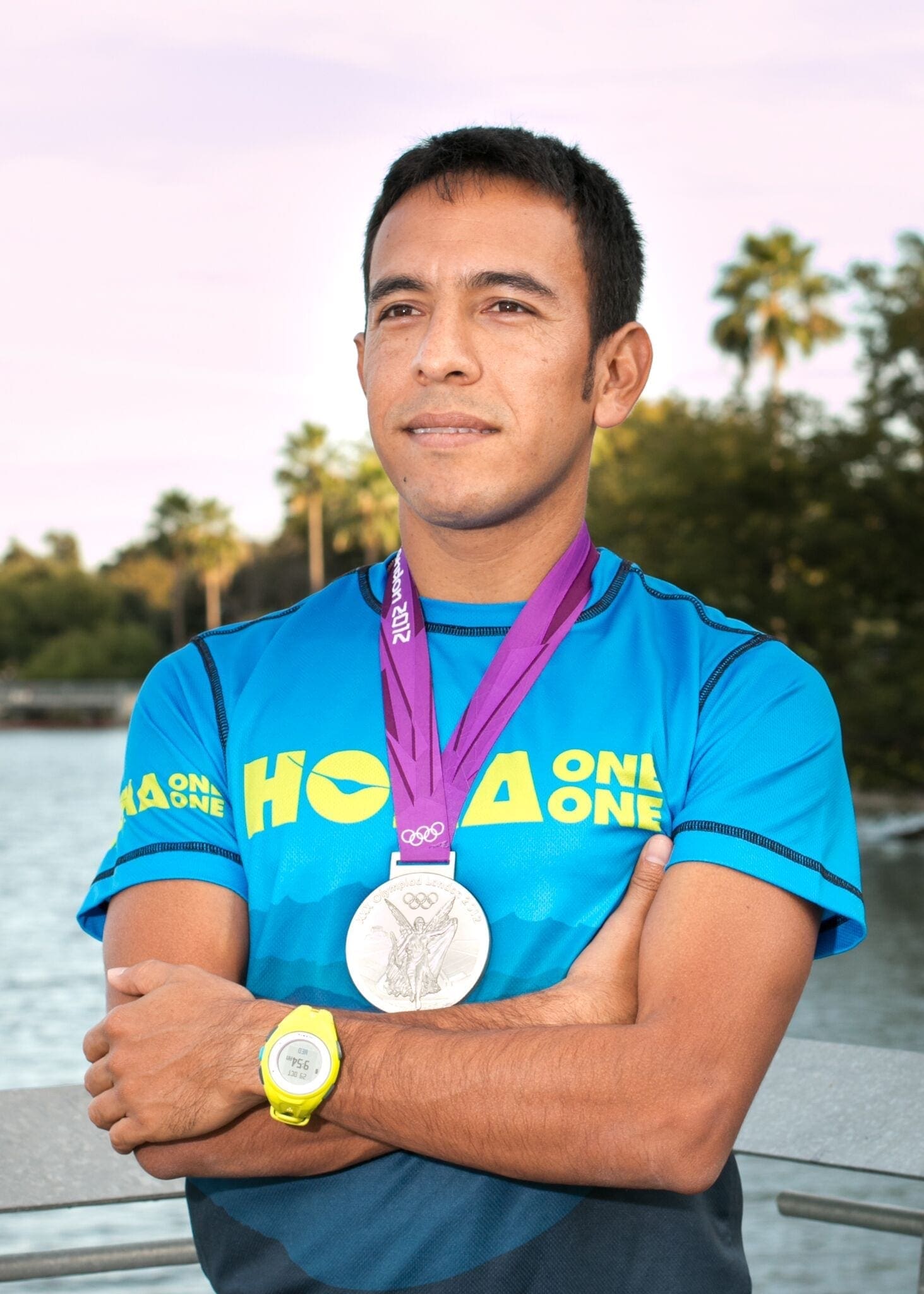The Life-Changing Impact of Running
Life-changing journey brought runner to the streets of Austin
Running is life-changing. That is undeniable. It impacts runners of all shapes, sizes, and speeds. Running’s positive effects can be felt in veteran runners and newbies. It impacts everyone differently. For Jose Antonio Santiago, it all began with trying to complete 100 meters. It wasn’t easy, but it took him on a life-changing journey. Learn how that 100-meter run brought him to the streets of Austin and introduced him to his favorite marathon, the Austin Marathon.
From 100 meters to the Austin Marathon

Jose Antonio Santiago poses at the 2019 Austin Marathon finish line.
It all started nine years ago, trying to run 100 meters continuously. I found it difficult. After I did that I increased the distance to 200 meters. Six months later I ran my first 5K. After crossing my first finish line, I felt an emotion so strong that my life changed completely. Running is life-changing. In the following weeks, I ran my first 10K. Two years after I began running I completed my first marathon in Monterrey, Mexico, where I live. I crossed the finish line in 5:01.
Austin Marathon love
I went to Chicago in 2018 and ran the marathon in 4:16, a 45-minute improvement. My most recent marathon was the 2019 Ascension Seton Austin Marathon. Everything allowed me to experience the city of Austin in a different way, the course, the people, the State Capitol, the finish line festival. I’m excited to return to Austin and run my favorite marathon on February 16th! One reason I love my annual visit is I get to soak up all of Austin while running the Austin Marathon.
My Running Story is a series of blog submissions from runners just like yourself. They submitted their inspirational running stories as part of a contest to win an entry of their choice to the 2020 Ascension Seton Austin Marathon. Their stories range from crossing their first finish line to drastic lifestyle change due to running. Everyone’s story is different and unique, impacting them in a specific way. While each story is specific to the author, everyone can resonate in some form or fashion because of the power of running. Other My Running Story submissions include Kayleigh Williamson, Kirsten Pasha, Michael Coffey, Samantha Santos, Tom Hamann, Erica Richart, Angela Clark, Rebecca Galvan, Jeremy Tavares, Axel Reissnecker, Blair Nagel, Brittany Drennan, Rene Arguello, Christy Thomas, and Shawn Livingston.







